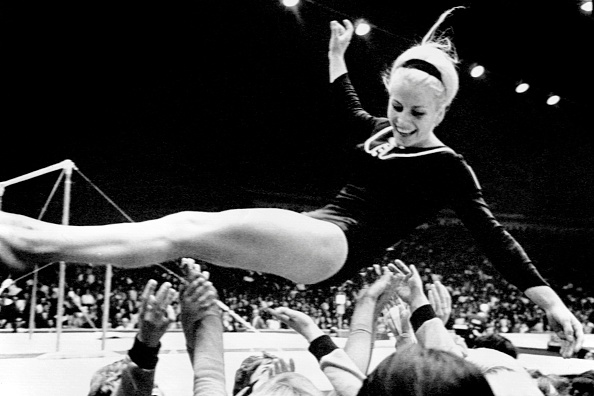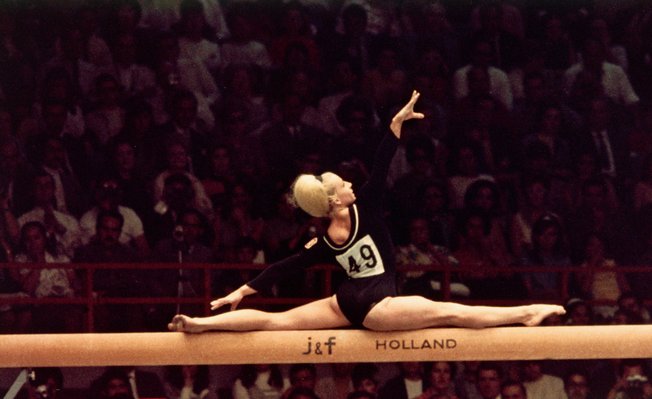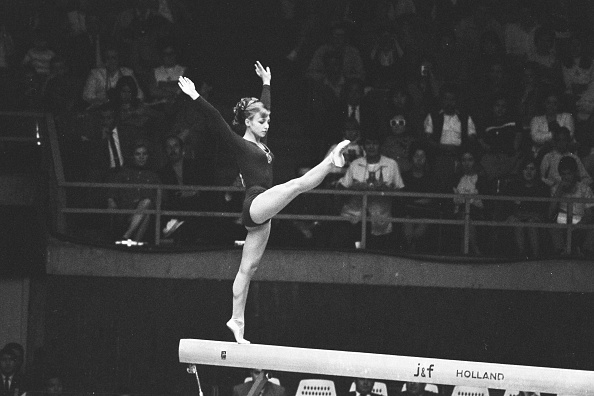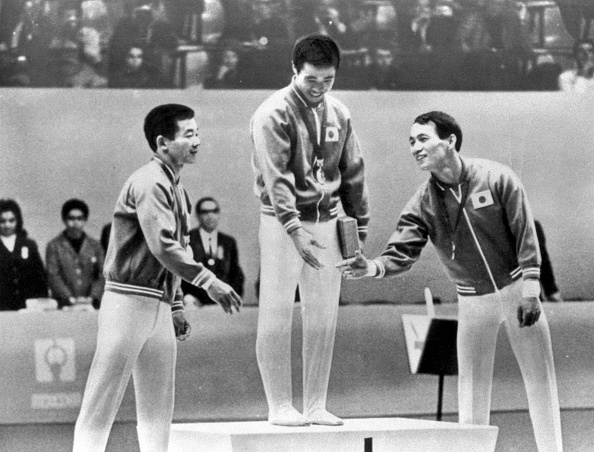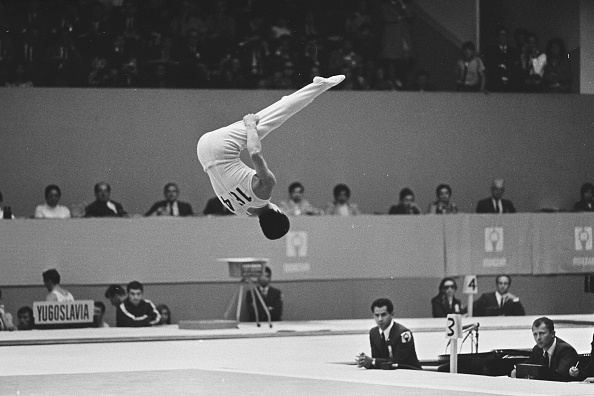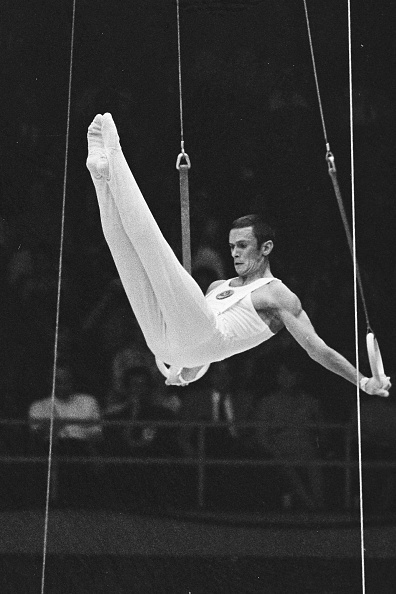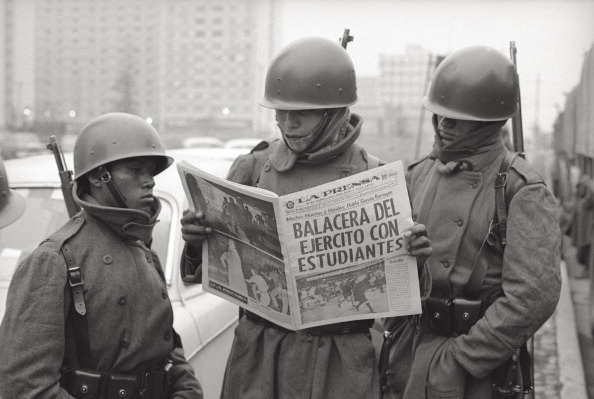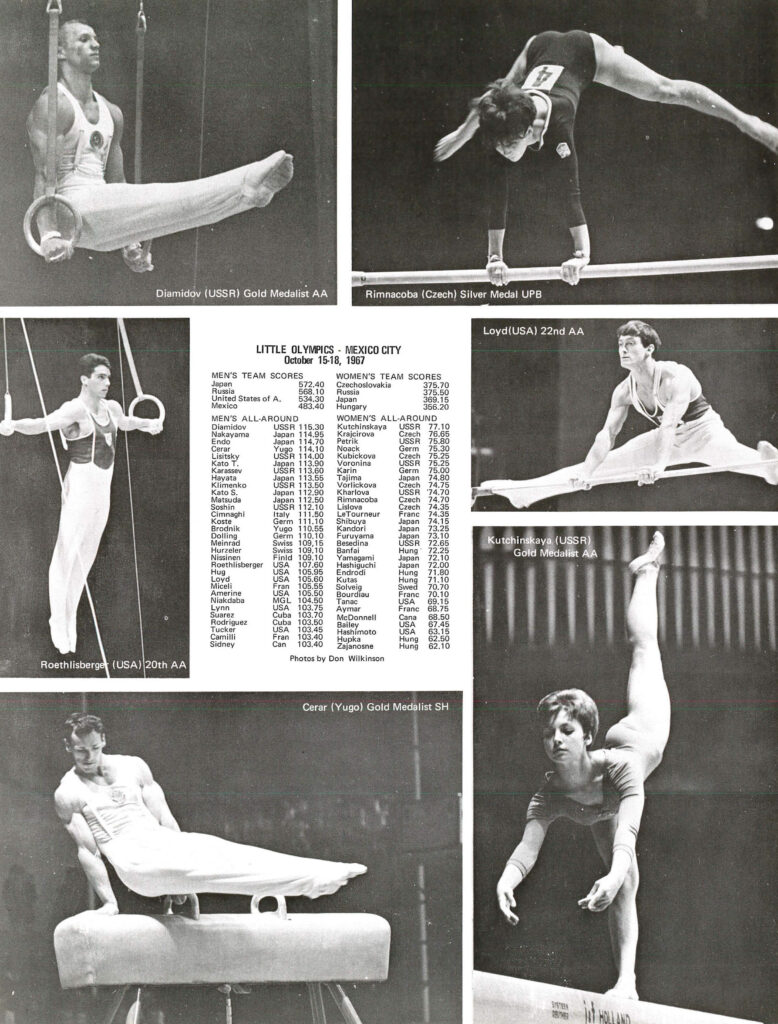On Wednesday, October 23, 1968, the Olympians in women’s artistic gymnastics competed in the optionals portion of the competition. As far as gold medals were concerned, there weren’t any surprises. The Soviet team was leading after the compulsories, and they ended up with gold. Čáslavská was leading the all-around after compulsories, and she won gold.
But the competition had its fair share of drama, especially on the podium. Let’s take a look at what happened.
